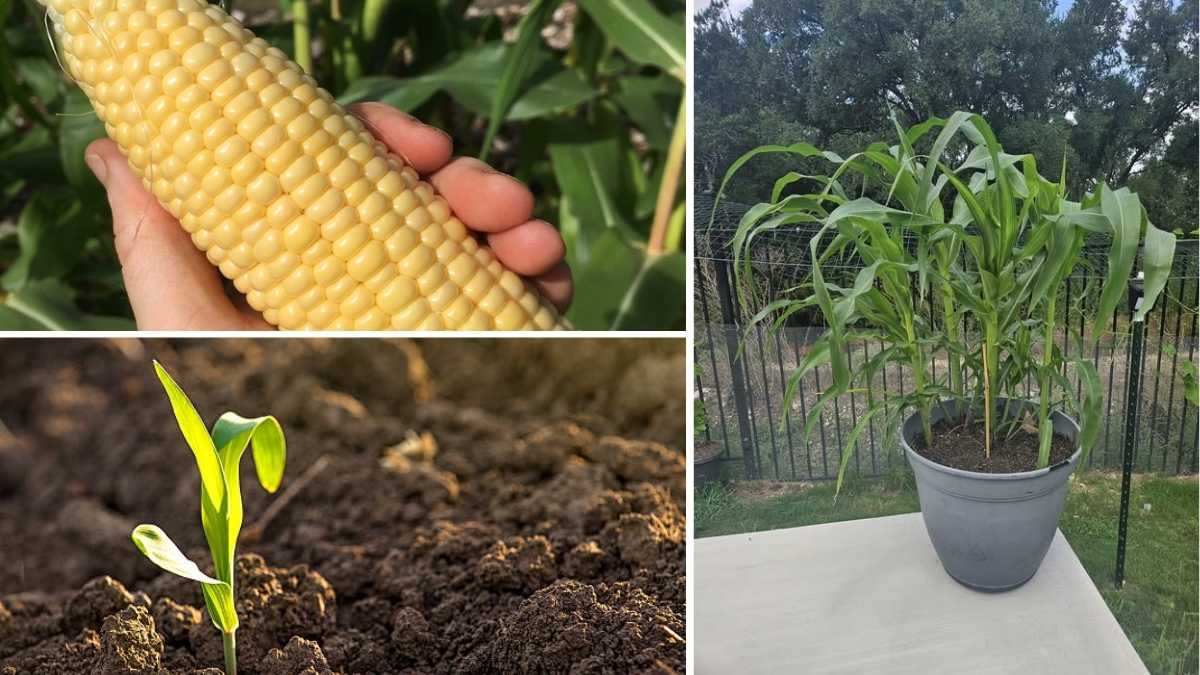Growing baby corn at home is a fun and rewarding gardening experience that adds a unique touch to your kitchen harvest. Unlike regular corn that takes months to mature, baby corn is harvested much earlier, giving it a delicate texture and subtle sweetness. It’s perfect for stir-fries, soups, and salads, and can be grown even in small spaces across the United States. Whether you’re a beginner gardener or someone looking to try something new, cultivating baby corn can be simple, productive, and satisfying with the right guidance.
Understanding Baby Corn
Baby corn isn’t a separate plant species. It comes from the same corn plants used for sweet corn or field corn; the only difference is that it’s picked at a very young stage before the kernels mature. Harvesting it early gives it a tender, crunchy texture that’s loved in many cuisines around the world.
Important facts about baby corn:
- It is harvested 1–3 days after the corn silks appear.
- Each cob is about 3–4 inches long when ready.
- It’s mild in flavor and low in calories.
- You can get multiple harvests from a single plant in one season.
Because baby corn matures so quickly, it’s perfect for home gardens that don’t have a lot of space or time to wait for large ears of corn to develop.
Choosing the Right Variety of Baby Corn
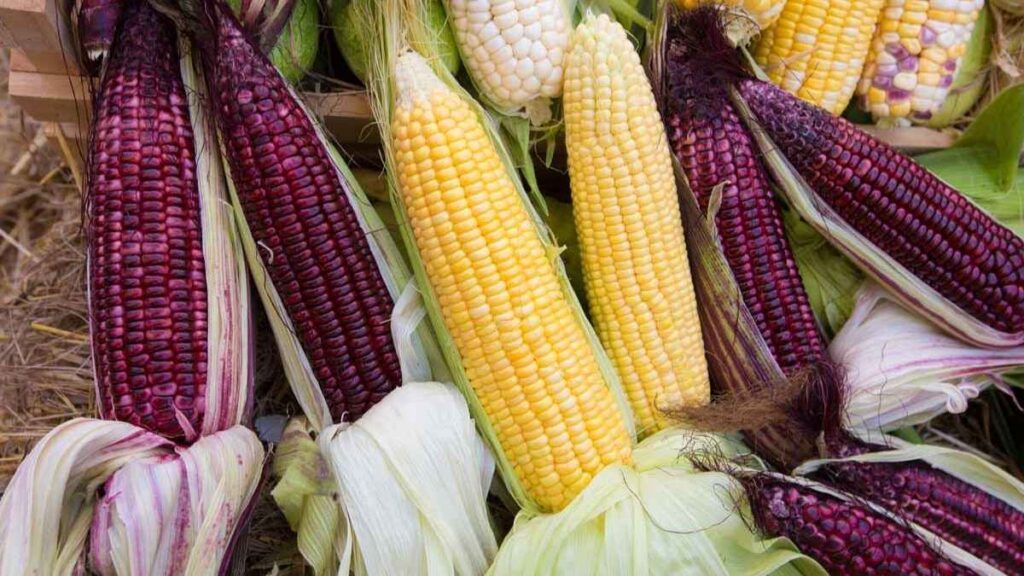
Selecting the proper corn variety is one of the most important steps. Not every corn type produces good baby corn, so choose varieties known for tenderness and quick growth. Hybrid sweet corn varieties usually work best since they produce uniform, soft ears that taste great when harvested young.
Popular varieties for American home gardens include:
- Early Sunglow – grows fast and tolerates cooler temperatures.
- Kandy Korn – produces tender ears with a sweet flavor.
- Sweet G90 – adaptable and high-yielding.
- Miniature or specialty baby corn hybrids – bred specifically for small, tender ears.
If you live in cooler regions like the Midwest or Northeast, go for early-maturing types that can finish growing before frost. In warmer areas such as the South, most corn varieties will do well as long as they get enough sunlight and water.
Preparing the Soil
Good soil preparation is the foundation of healthy corn plants. Baby corn grows best in fertile, well-drained soil rich in organic matter. The soil should be slightly acidic to neutral, with a pH between 6.0 and 6.8.
Here’s how to prepare your soil:
- Choose a sunny location that gets at least 6–8 hours of direct sunlight per day.
- Loosen the soil to a depth of about 10–12 inches using a shovel or tiller.
- Mix in compost or aged manure to improve fertility and texture.
- Avoid soggy areas since corn roots don’t like standing water.
- If the soil is clay-heavy, add sand or organic material to enhance drainage.
Corn is a heavy feeder, so nutrient-rich soil ensures strong, productive plants. Raised beds or large containers can also be used if your garden soil isn’t ideal.
Planting Baby Corn
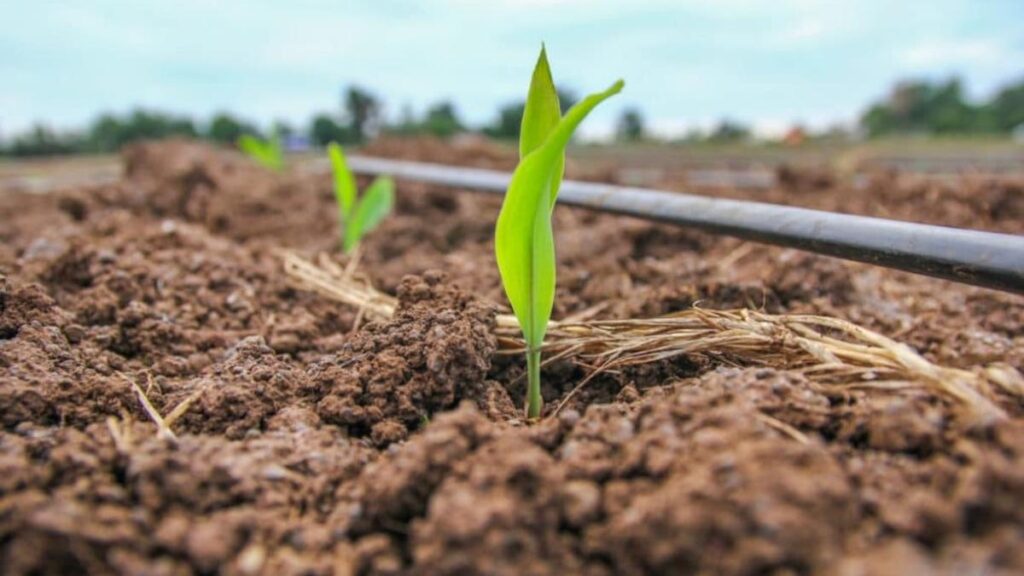
The best time to plant corn in most parts of the U.S. is late spring, once the soil temperature reaches at least 60°F. In southern states, planting can start as early as March, while northern gardeners should wait until April or May.
Planting steps:
- Sow the seeds 1 inch deep and 4–6 inches apart in rows spaced 24–30 inches apart.
- Plant in blocks of 3–4 short rows instead of one long row for better pollination.
- Water well after planting to settle the soil.
- If you plan multiple harvests, stagger your planting every 2–3 weeks for continuous production.
Germination usually takes 7–10 days depending on temperature and moisture levels. Once the seedlings appear, thin them out if needed to maintain proper spacing.
Watering and Feeding
Corn loves moisture and nutrients. Baby corn, because it grows so fast, needs consistent care from the start. Water deeply and regularly to encourage healthy root growth.
Helpful watering and feeding tips:
- Water about 1–1.5 inches per week, adjusting during dry or hot periods.
- Keep the soil evenly moist but never waterlogged.
- Apply a nitrogen-rich fertilizer (like fish emulsion or compost tea) three weeks after germination.
- Side-dress with compost or organic fertilizer every 3–4 weeks during growth.
Mulching around the plants helps retain moisture and prevent weeds. Always water at the base of the plants early in the morning to reduce evaporation.
Caring for the Plants
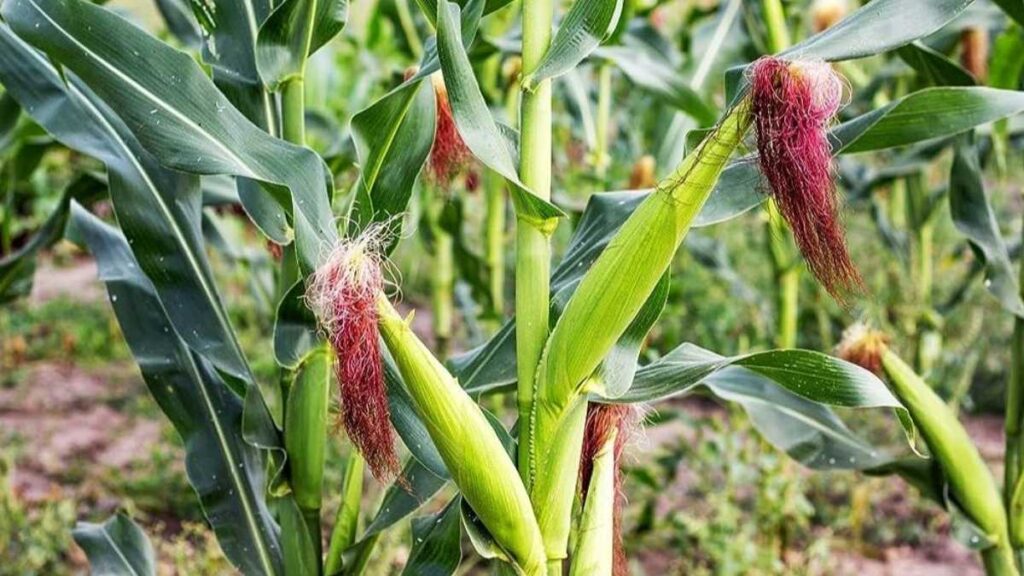
Baby corn plants are tall and may look fragile, but with the right care, they thrive easily. Keeping the area clean and pest-free will ensure healthy growth and better yields.
Care instructions:
- Weed regularly so weeds don’t steal nutrients or block sunlight.
- Mulch the soil to prevent weed growth and lock in moisture.
- Use organic pest control like neem oil or insecticidal soap to deal with pests such as aphids, corn borers, or earworms.
- If your area experiences strong winds, stake the plants or grow them in a sheltered location.
Healthy plants will produce multiple ears, giving you more baby corn per stalk.
Pollination Tips
Pollination is vital for any corn crop. Corn is wind-pollinated, meaning pollen from the tassels must land on the silks for the ears to develop properly. Poor pollination leads to uneven or small cobs.
Tips for better pollination:
- Plant in blocks of short rows instead of one long row.
- Shake the tassels gently over the silks to help pollen spread evenly.
- Grow at least 12–15 plants for reliable pollination.
- Avoid planting too far apart, as that can reduce pollen transfer.
Even though baby corn is harvested before full kernel development, proper pollination still helps the ears form evenly.
Harvesting Baby Corn
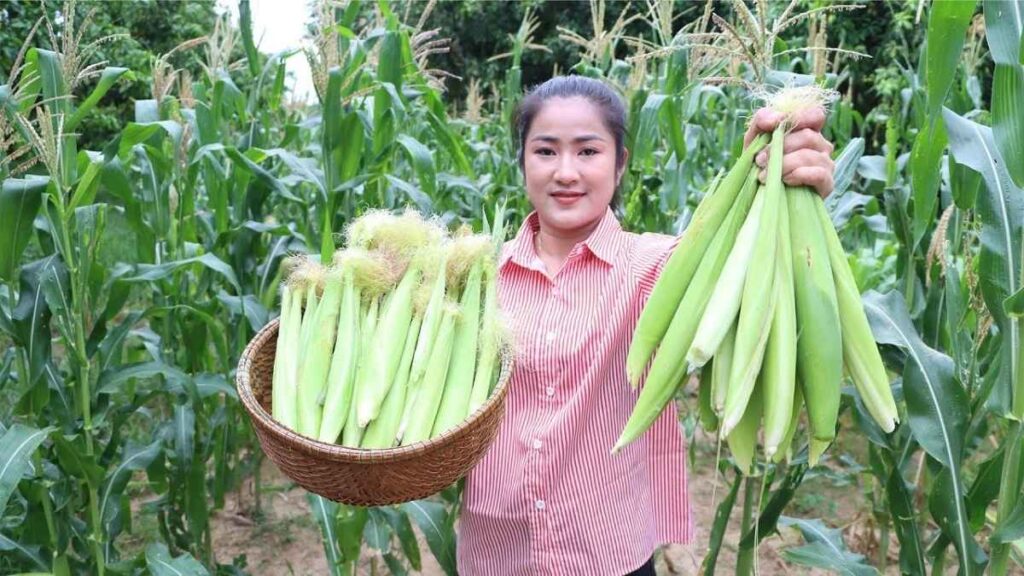
Harvesting baby corn is all about timing. The ears are ready just one to three days after the silk appears. If you wait too long, the kernels start to form, making the corn tough.
How to harvest correctly:
- Pick ears when they are 3–4 inches long and the silks are still fresh.
- The husks should feel soft and light green.
- Hold the stalk with one hand and twist the ear off gently with the other.
- Harvest every two to three days, as new ears develop quickly.
Because baby corn is harvested so early, you can often get a second or even third flush of ears from the same plants.
Storing and Using Baby Corn
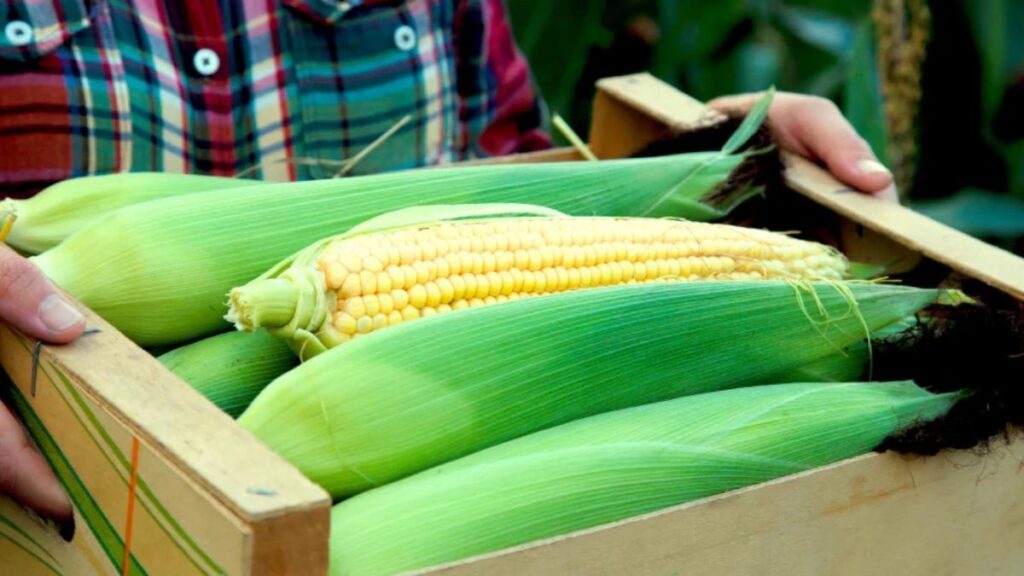
Fresh baby corn tastes best when eaten right after harvesting. However, it can be stored or preserved easily for future use.
Storage methods:
- Keep unpeeled cobs in the refrigerator for up to a week.
- For longer storage, blanch the cobs in boiling water for 2–3 minutes, cool in ice water, then freeze.
- Store in airtight containers or freezer bags to retain freshness.
Culinary uses:
- Perfect in stir-fries, curries, or Asian-style dishes.
- Tastes great grilled or steamed as a side dish.
- Adds crunch to salads and soups.
- Can be pickled in vinegar for long-lasting flavor.
Common Problems and Solutions
Even though baby corn is easy to grow, a few challenges may appear. Being proactive helps you avoid crop loss.
Common issues and their fixes:
- Poor pollination: Plant in blocks and hand-pollinate.
- Pests (earworms, aphids, or borers): Use neem oil or encourage beneficial insects like ladybugs.
- Yellow leaves: Usually a sign of nitrogen deficiency; add organic fertilizer.
- Slow growth: Check sunlight, water consistency, and soil nutrients.
- Fungal issues: Avoid overhead watering and ensure good air circulation.
Keeping an eye on your plants daily helps you catch problems early before they spread.
Final Thoughts
Planting and harvesting baby corn at home in America is a delightful project for gardeners of all levels. With just a bit of effort, you can enjoy fresh, chemical-free baby corn right from your garden. It doesn’t require vast space or complex care just good soil, sunlight, and steady attention.
Once you’ve tasted your own homegrown baby corn, sweet, crisp, and full of flavor, you’ll realize how different it is from the canned version. Whether you grow it for fun, for your kitchen, or simply to try something new, baby corn is one of those crops that always rewards the effort. With proper planting, watering, and timing, your garden can yield baskets of fresh baby corn to enjoy throughout the season.

